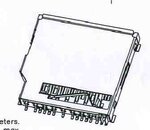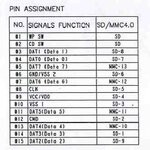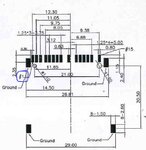Linspire
Full Member level 5
Hi guys,
I plan to do coding and test with simulation instead waiting the PIC18F4520 coming stock.
I got question to ask:
From proteus ISIS 7 simulation software,
Is it possible to write a text file and read text file from the sd card image file from simulation there ?
If does, what software or necessary steps do I need to know ?
I also tested with another example code with using MMC_FAT_16 codes, it doesnt work correctly with simulation.
Result: Initialization failed.
I plan to do coding and test with simulation instead waiting the PIC18F4520 coming stock.
I got question to ask:
From proteus ISIS 7 simulation software,
Is it possible to write a text file and read text file from the sd card image file from simulation there ?
If does, what software or necessary steps do I need to know ?
I also tested with another example code with using MMC_FAT_16 codes, it doesnt work correctly with simulation.
Result: Initialization failed.
Last edited:




![Diptrace Diagram_Revised[19 August 2011]_USB_A_MALE_SWITCH.JPG Diptrace Diagram_Revised[19 August 2011]_USB_A_MALE_SWITCH.JPG](https://www.edaboard.com/data/attachments/10/10980-083e8bab54dfe1a2121753e14d586ec9.jpg)